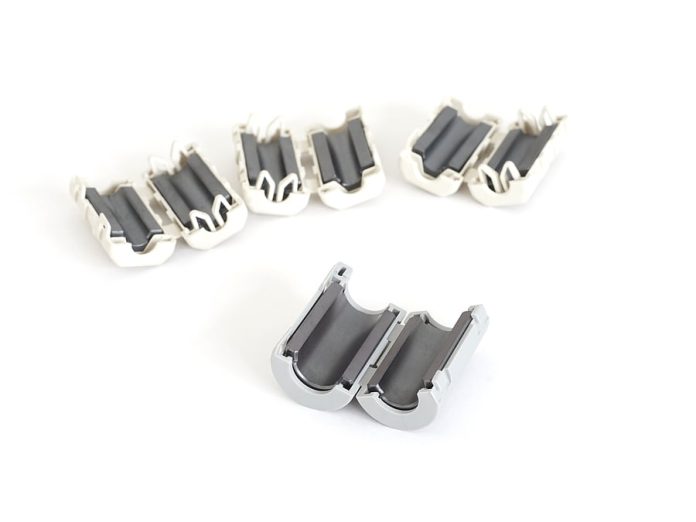How does RFI cause false alarm in intrusion sensors, what are the symptoms of this interference, how can we find sources, and how can we defend against it in our alarm installations?
A: If powerful radio waves get onto electronic circuits they interfere with normal operation and, in the case of alarm sensors, the impact of this interference is false alarms caused when RFI energy throws off the signals of a sensor’s electronic circuits. Many sensors have protection in the 10MHz to 1000MHz range, with sensors able to handle the impact of RF energy at 30V/m (volts per metre) generally accepted to be RFI immune.
In terms of overall understanding, consider that the 10MHz to 1000MHz range represents the mid to upper end of the radio frequency band and it’s in this area that most RFI related problems occur. Important to consider is the nature of this energy itself. In free space, all electromagnetic waves, regardless of their speed of vibration, move at just under 300,000km per hour and they scarcely slow down as they pass through air, water, or solids. These waves can’t be observed and it’s only when they encounter objects that there are noticeable effects.
When a stray electromagnetic wave contacts with a copper wire or part of a circuit, a voltage is induced into the path – the stronger the wave, the higher the voltage generated. This abnormal voltage interferes with operation of electronic circuits. Symptoms are hard to predict – you may have false alarms, no alarms, trouble indications – it depends on the strength of the induced signal.
Manufacturers of quality passive infrared and dual technology sensors will use an RF test chamber (Tem Cell) to bombard their boards with energy. Use of the Tem Cell to challenge sensor boards allows sensor design and tuning to be adjusted under workshop conditions, while boards are subjected to the fiercest RF exposure they’re ever likely to face and will design boards to resist RFI. If you’re not using sensors with quoted RFI resistance ratings, there’s no guarantee such steps have been taken.
There are 2 strategies when it comes to dealing with RFI. In the first instance, it’s possible to use filters of arc snubbers at the source, to relocate equipment or cables, use ground insulators in the signal path or add cable shields or ferrules. Alternatively, RF can be filtered out after coupled with cables but upstream of sensitive equipment.
In the first instance, the source can be resolved using an RF filter. Depending on the source you can use an AM radio tuned to a quiet frequency to find wideband RFI – move around the area and hold the radio up to potential sources and listen for interference. You can also be RF defensive by keeping avoiding cable coils, by keeping cable runs short and routing them close to metal racks or concrete floors to reduce antenna effects. You can use shielded cables with foil and drain wire shields.
Oxidised connections can gather RF – clean connections with contact fluid. Avoid unnecessary grounds and use ground isolators in challenging signal paths – use quality types to ensure signal quality is maintained. It’s also possible to place RFI filters in the signal path – ferrite clamshells are easy to install over cables, including Cat-6 – and work best when located at the receive end of the run. You can also add RFI filtration to the signal line. If you have a range of ferrules including larger clams and beads, it’s possible to select the filter that works the best for your interference.
#sen.news







